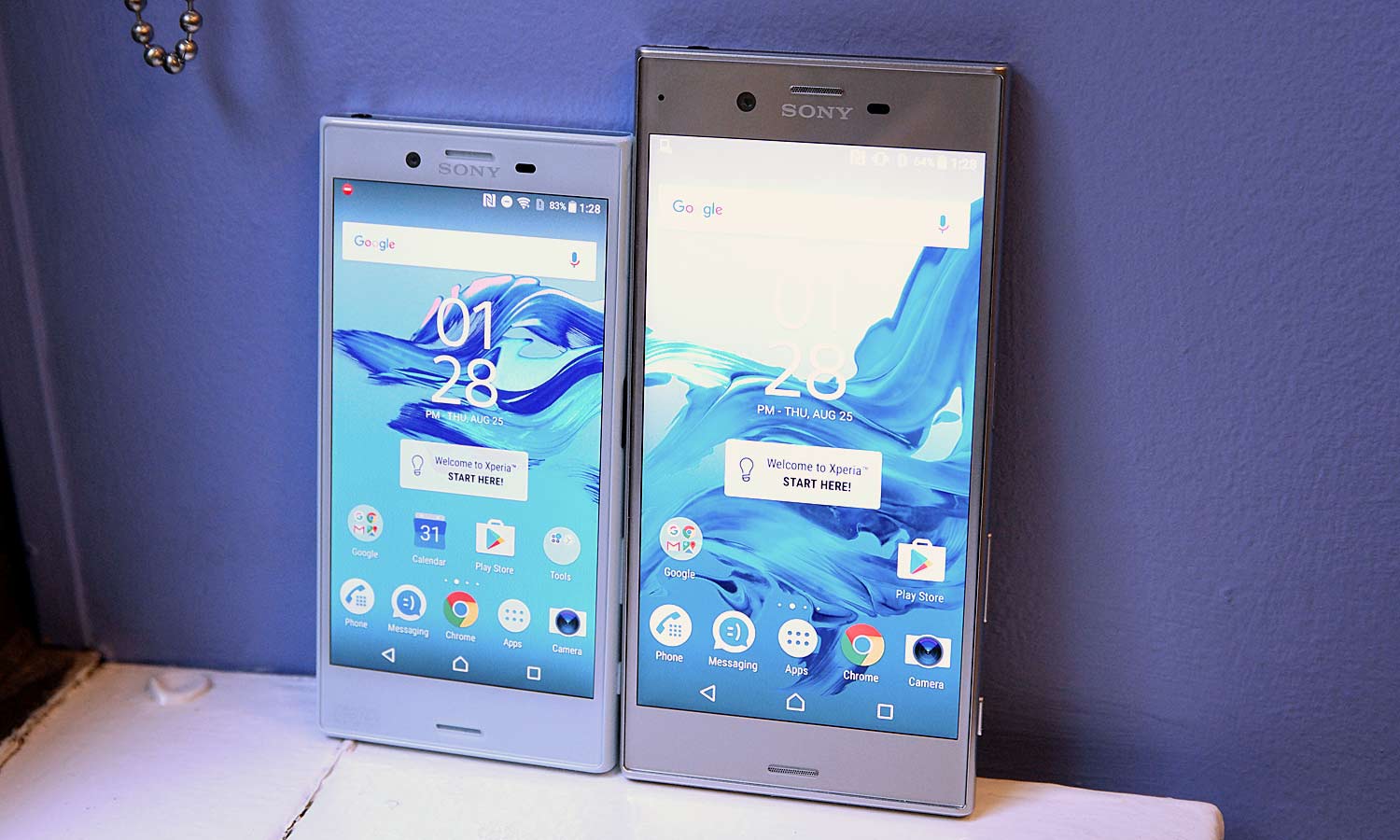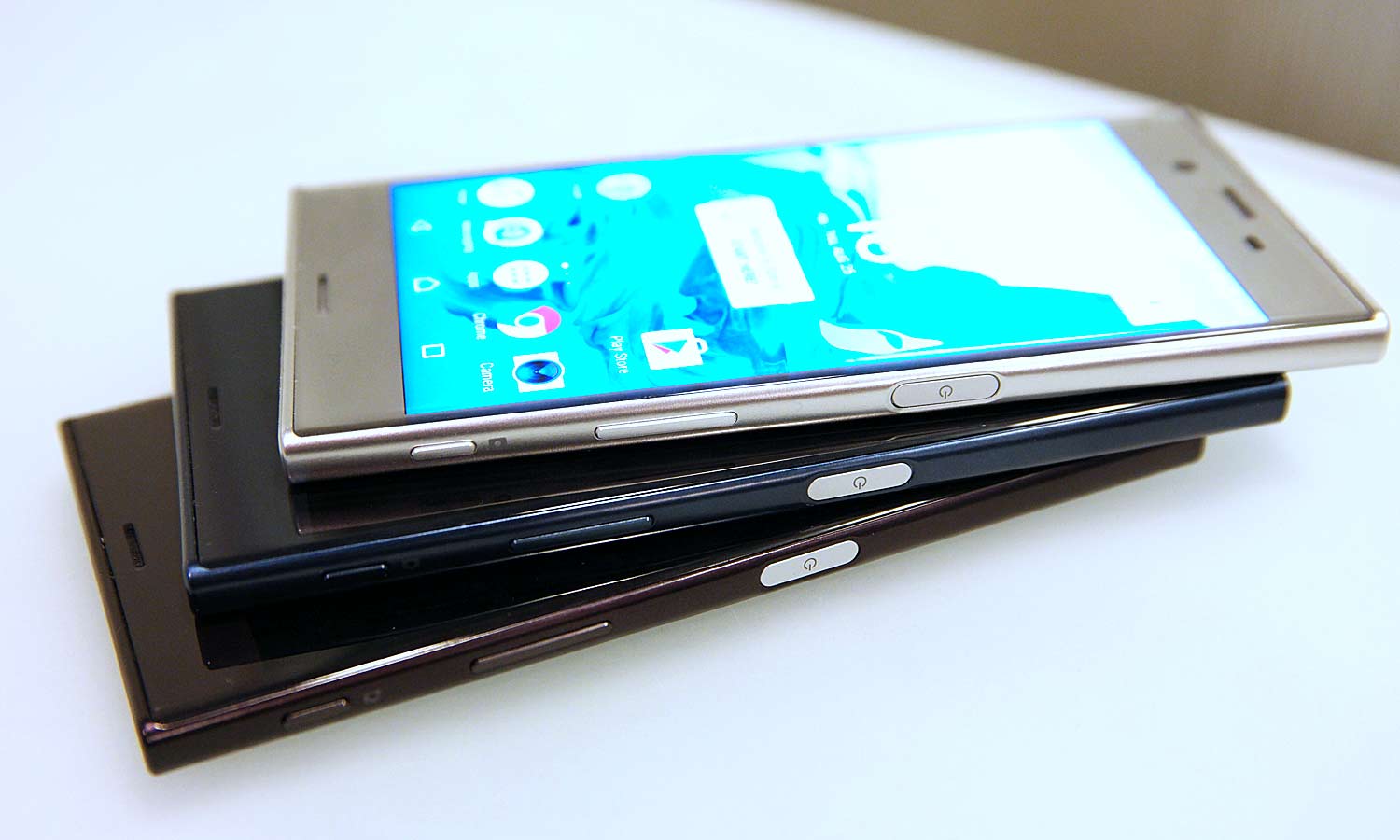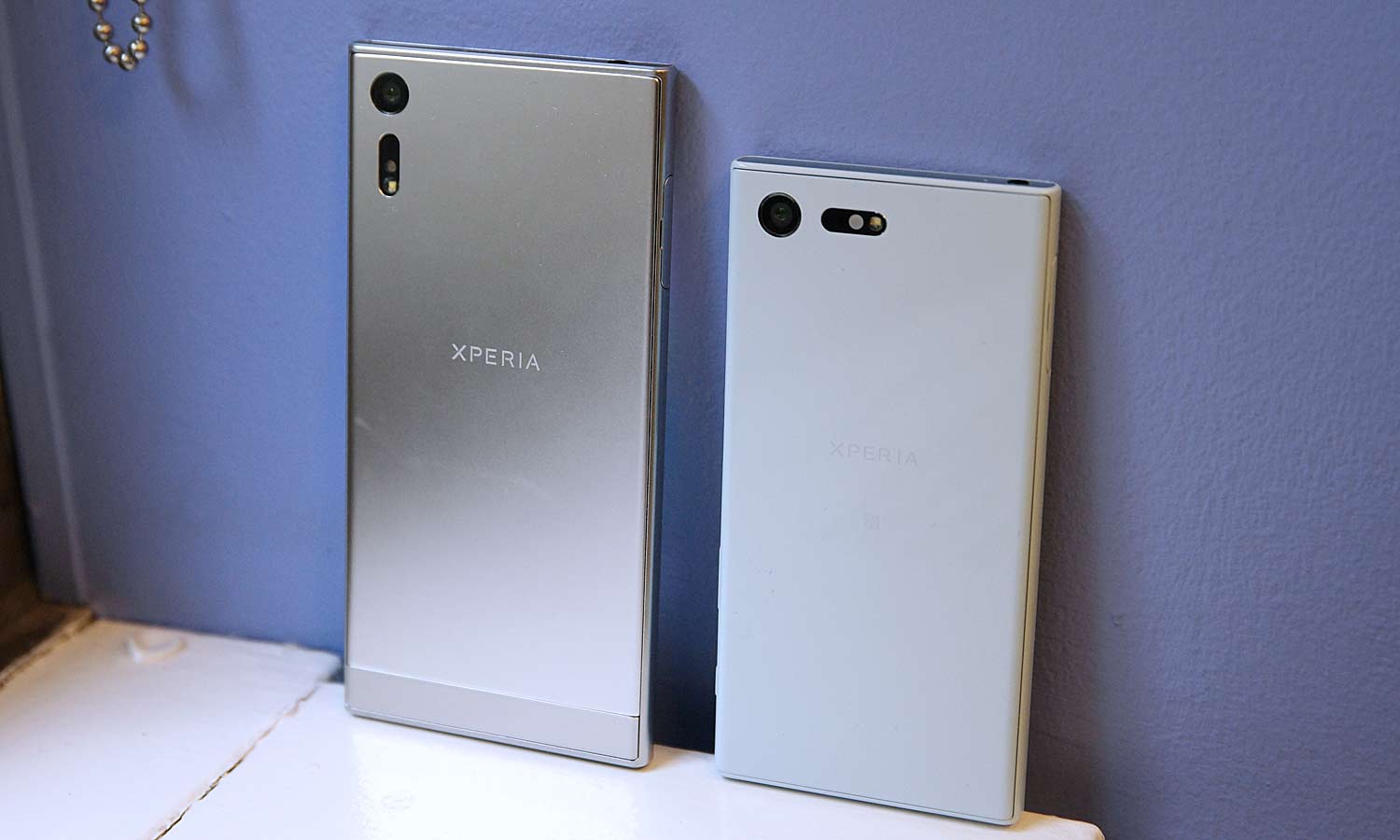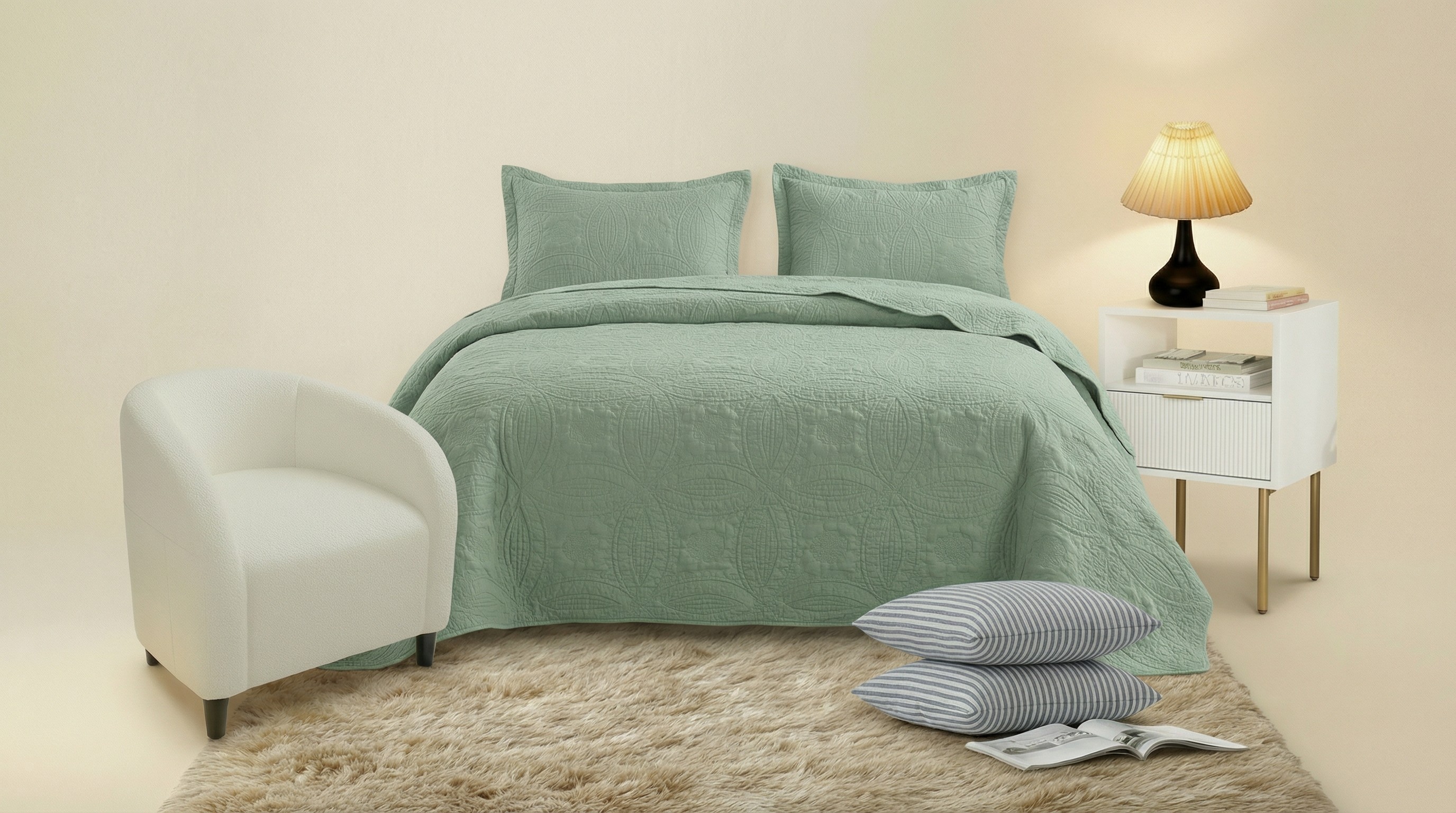Meet the First Phone Camera with 5-Axis Image Stabilization
With tech inherited from Sony's vaunted A7 II mirrorless camera, the new Xperia XZ is the first phone to feature built-in 5-axis image stabilization.
BERLIN — Sony just can't quit the Z. Less than six months after the company announced its new line of Xperia X phones at MWC 2016, Sony is back at IFA with the Xperia XZ, a phone which looks to blend the style and simplicity of its Xperia X handsets with the aggressive innovation its Z phones were known for.

On the XZ, that drive to push tech forward is best exemplified by the XZ's 5-axis image stabilization feature. It's a capability that first came to cameras via Sony and its superb A7 II mirrorless camera; now Sony is the first to put that tech in a smartphone too, starting with the Xperia XZ.
MORE: Sony Xperia X Review: Great Camera, But No X Factor
Combined with the XZ's 4K video recording and 23-megapixel rear camera, the phone should deliver super smooth shots while recording movies, and sharper, less blurry photos — especially in low light — when taking photos.

Aside from the XZ's 4K video and 5-axis IS, The biggest difference between the X and the XZ are their designs. Instead of the very boxy look on the Xperia X, the 5.2-inch XZ features a flattened tube-shaped body with rounded edges that wrap around the sides of the screen. The metal on the back and sides is made out of a special kind of durable aluminum alloy called Alkaleido, which is another tech innovation which should help the XZ be more resistant to bumps and scratches.

And before we forget, if the 5.2-inch Xperia XZ isn't your thing, Sony is announcing the pint-sized 4.6-inch Xperia X Compact at IFA too.

While the Xperia X Compact doesn't have a Z in its name, the Xperia X Compact should probably have been called the XZ Compact. In addition to a shared design, both phones run Android 6.0 and feature the same 5-axis IS, super sharp 23-megapixel rear cam with predictive autofocus, 3GB of RAM, 32GB of storage, microSD slot and pretty potent dual front-facing speakers.
Get instant access to breaking news, the hottest reviews, great deals and helpful tips.
The XZ and X Compact even share a real two-step shutter button for snapping pics, which is located on the right side of phone below the lock button and volume rocker.

Where the XZ and the X Compact differ is that the XZ features a higher-res 5.2-inch screen with full HD resolution, a faster Qualcomm Snapdragon 820 chip. 13-MP front camera, and 2,900 mAh battery. By comparison, the X Compact's specs are a bit more modest, as the X Compact features a Snapdragon 650 SoC, 5-MP front cam, and slightly smaller 2,700 battery.
When I got a chance to check out the XZ and X compact for myself, I found a pair of solid phones with good specs and some impressive tech. And yet, I was still disappointed. True, the XZ has 5-axis image stabilization, which is not only awesome, but a pretty big deal for the smartphone world, but I would have liked to see more.

At this point , Sony's super simple designs have become too refined, to the point almost bit boring. I was hoping that Sony could wow me both its tech and its style, and on the XZ, I'm only getting the tech side of the equation.
Even worse, for the U.S. versions of the phones, Sony still hasn't figured out a way to include a fingerprint reader.
While we're still waiting on official price and availability info, the Xperia XZ and X Compact look like some impressive phones made to fit in hands both big and small. I just wish its style spoke as loud as its tech.
Sam is a Senior Writer at Engadget and previously worked at Gizmodo as a Senior Reporter. Before that, he worked at Tom's Guide and Laptop Mag as a Staff Writer and Senior Product Review Analyst, overseeing benchmarks and testing for countless product reviews. He was also an archery instructor and a penguin trainer too (really).
 Club Benefits
Club Benefits





